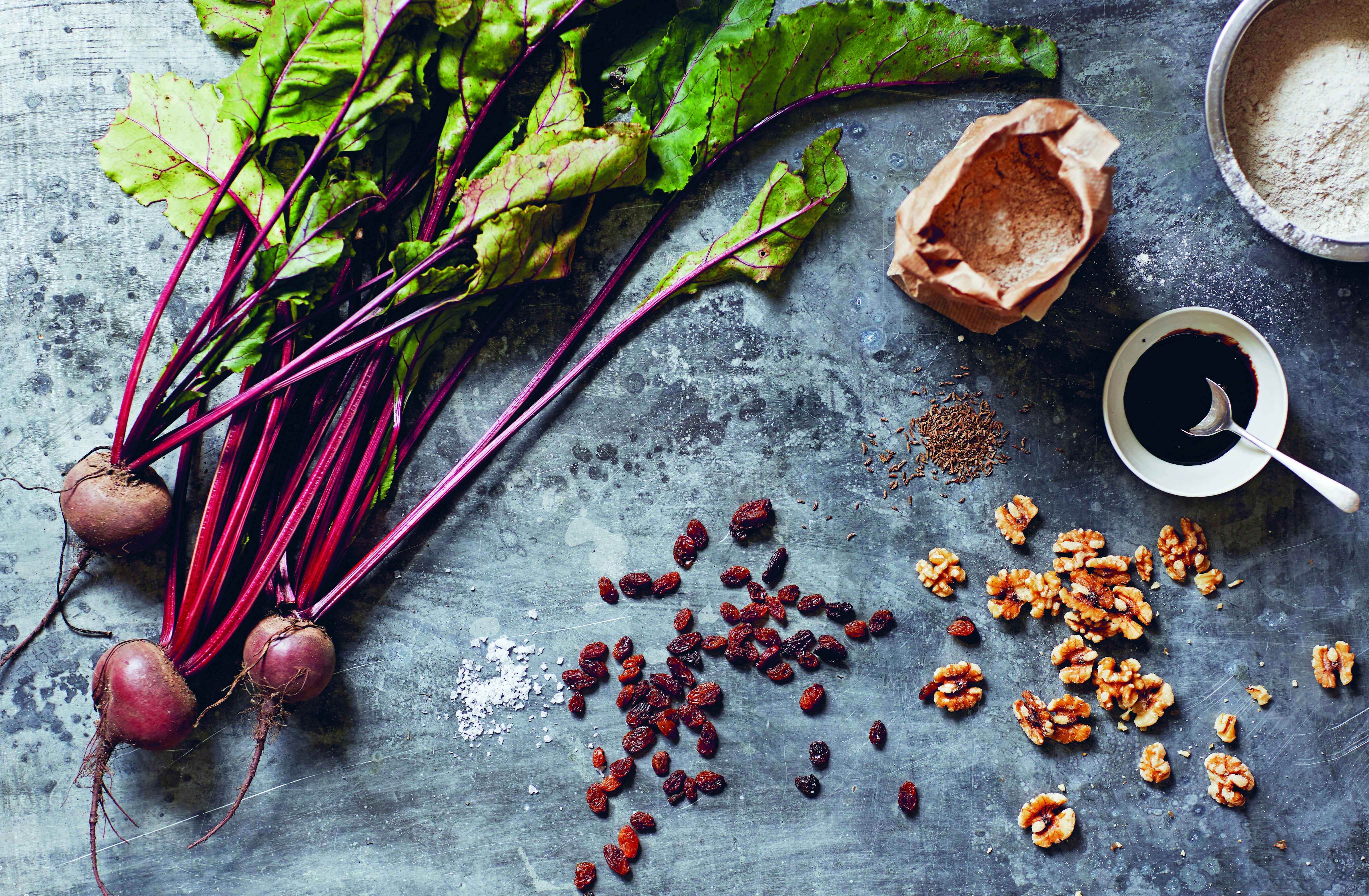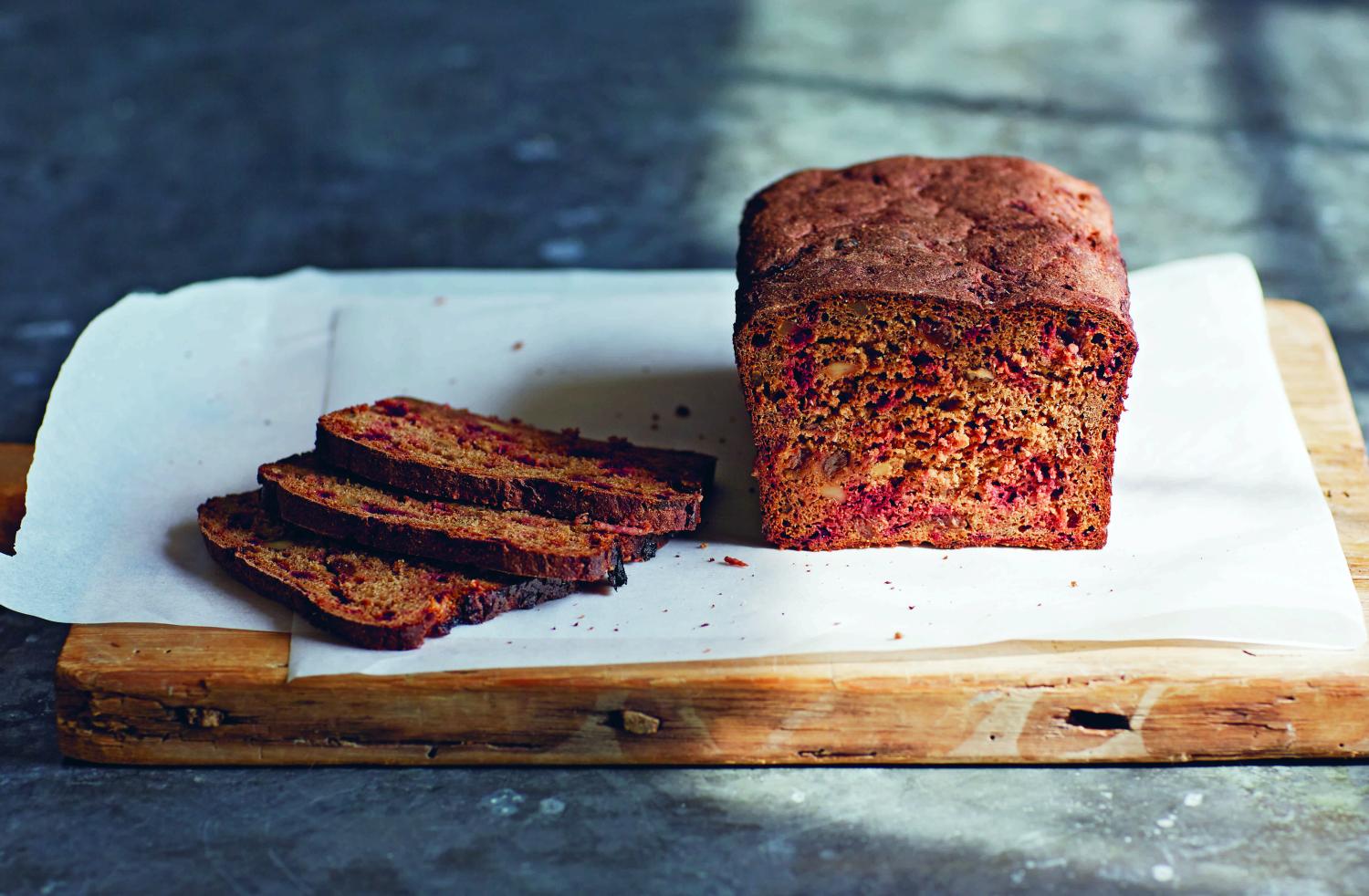Continuing with our feature of Henrietta Inman, this week we have on the blog her delicious rye, beetroot, walnut, sultana and caraway loaf. You can use a blend of our organic light rye and dark rye flours for a rounded taste in this loaf.
“This loaf is just bursting with nourishing ingredients, flavours and textures, from the complex notes of the slightly sour rye and treacly molasses to the earthy beetroot (beet), and from the crunch of the walnuts and aromatic caraway to the sweet, plump sultanas (golden raisins). As you bite into a slice, with its gorgeous crisp crust and moist-dense centre, you’ll already be cutting the next! As rye contains less gluten than wheat and spelt, it creates a heavier and slightly more dense bread… which is a good thing, in the case of this loaf. I love the taste of caraway seeds, but leave them out if you prefer.
Makes 1”
Recipe extract from “The Natural Baker” by Henrietta Inman. Published by Jacqui Small, an imprint of The Quarto Group (£20). Available from 22nd March on Amazon.


